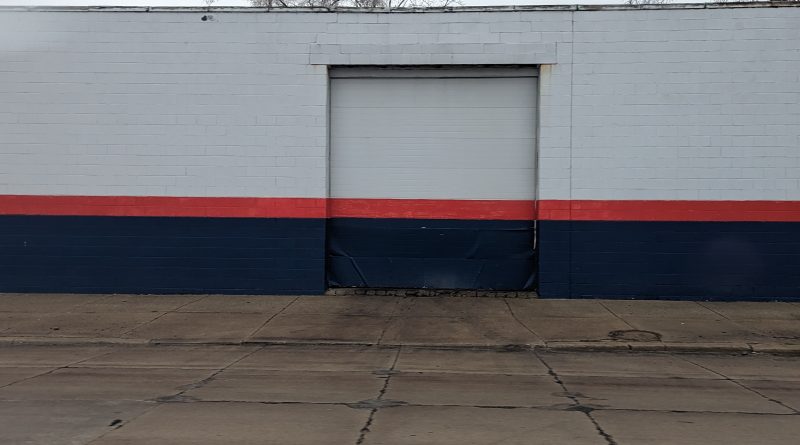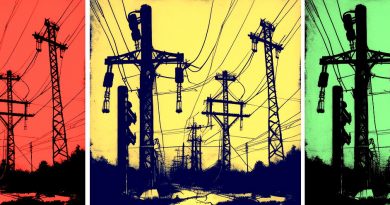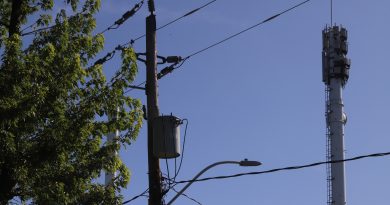The Anatomy of a Power Outage in Michigan
Michiganders are furious after a brief and, frankly, not even that intense, ice storm caused power outages for several hundred thousand customers. These continued into last week, with some ratepayers noting on social media that they were not even given an estimated time of restoration several days after the storm. In any event, there’s no universe in which the wealthiest country in the world should experience a scenario in which 20% of an entire state– an industrialized, substantially populous, northern state- should be without power. I wrote about this being kinda ridiculous in Texas in February 2021. But don’t worry, folks! If your power is out for more than a few days, your friendly local public utility company will give you a $25– wait, actually, $35– gift card to Kroger to replace the $276 of food in your fridge and freezer that you had to throw out! (Kinda serious, it’s awful). But let’s talk about why it’s happening. And then let’s talk about some solutions.

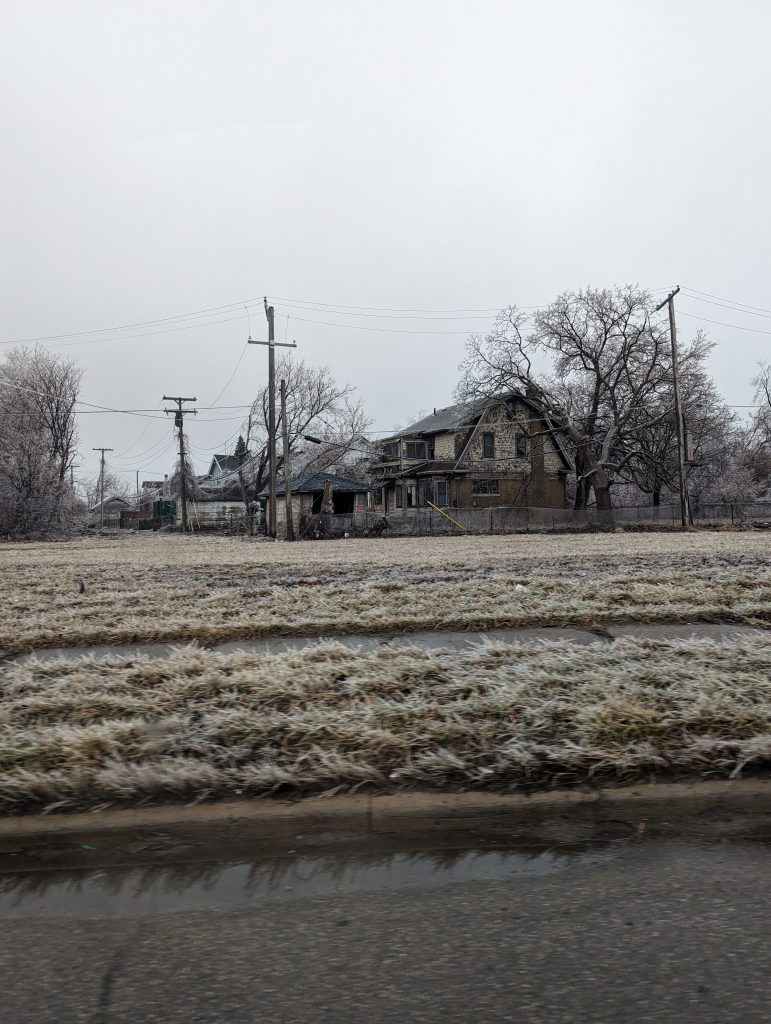
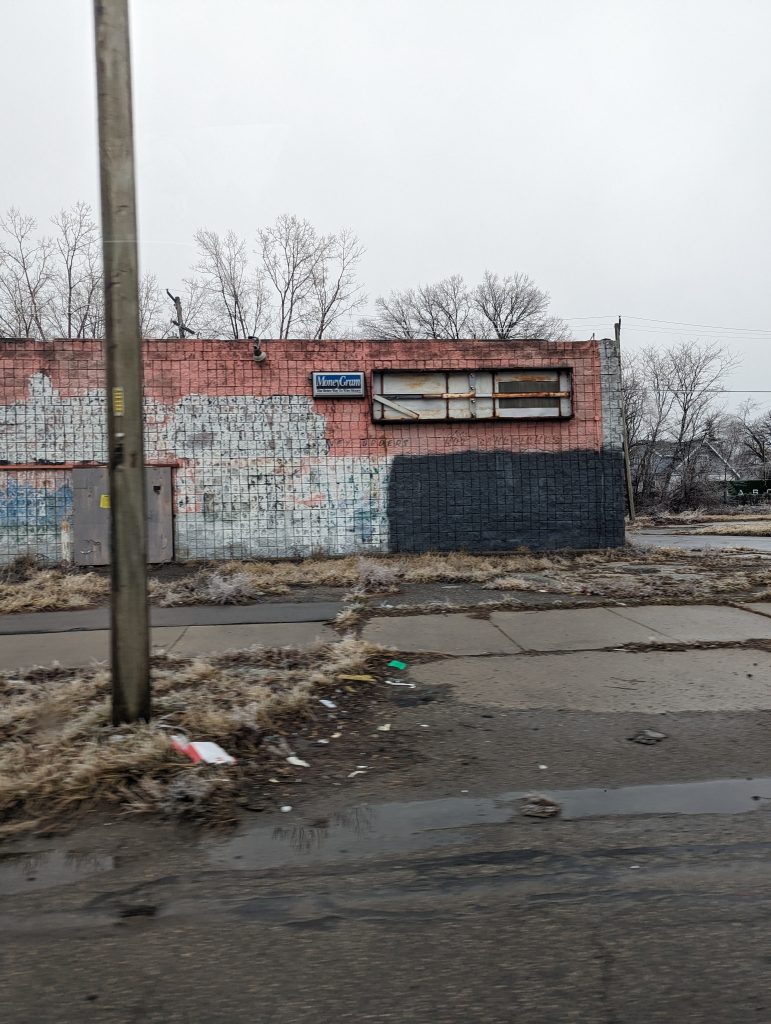
I’m getting deja vu. Have they changed something in the Matrix? Or, did you not JUST write about this a couple of years ago?
They’re changing things in the Matrix all the time, so this is possibly an explanation for your deja vu. But I did write about this happening in Texas! The ERCOT disaster of 2021 highlighted some really interesting deficiencies in not only Texan infrastructure, but in American infrastructure. As I noted in that article:
The North American Electric Reliability Corporation (NERC) found that 24% of outages in Texas were found to be caused by extreme weather.
The wild thing? 8% of outages were attributed to “public appeals, “which means when the grid operator asks you to turn [your stuff] off. That’s a little nuts, because it means that we are actually tracking power outages by when the grid operator tells you that sorry, you can’t watch Bridgerton– because there simply isn’t enough power.
Flash forward two years. In the interim, we’ve seen very little in the way of broad, federal efforts to improve infrastructure. Republicans barely acknowledged the ERCOT disaster, except to probably blame renewable energy– something they’re increasingly going after as renewables gobble up market share in the Lone Star state, ironically. I wrote about this extensively when it happened, but the condensed version is that renewable energy wasn’t the cause of the ERCOT disaster, nor did it exacerbate the extent of the disaster. The state just did a lousy job of preparing.
Michigan seems just inured to certain occurrences that a more civilized wealthy society would simply not tolerate. High utility bills? Ehh, it’s just because it’s cold here! Power outages? Well, all the trees, ya know!? Our local utility even cites this in a series of pathetic radio ads where one voice utters, unconvincingly, “Crews are out there, trimming more trees than ever!” There is a non-zero amount of substance to this. A high investment in more tree trimming– what in the industry we call “vegetation management”- did appear to reduce some incidence of outages. Anyway, that was last year! This is this year.
Okay. First, How do you figure 20% of Michigan is/was without power?
Utilities measure outages in terms of “customers without power.” Customers without power doesn’t mean “human beings without power,” although it’s not clear how many humans make up a customer. Commercial and industrial accounts are included in this list, too. While “customer” is really a question of “utility account that pays utility bills,” napkin math will show us that the average household in the United States has about 2.5 people, while general figures from the utility industry suggest that residential customers are more likely to lose power because of a variety of factors, not the least of which is the fact that most residential customers in the United States are in relatively low-density areas in single-family houses, versus industrial and commercial ratepayers, who likely are tied into more resilient infrastructure, especially in places like cities, where there might be dozens or even hundreds of utility accounts in a single building– and sufficient reliability and redundancy to make those customers far less likely to lose power.
Therefore, if 800,000 utility accounts are without power in the Mitten, that works out to something like 2 million people without power. There is, of course, no way to provide an exact estimate. but even if it were the exact number of customers without power? 10% of the population of a state losing power seems pretty serious.
Anatomy of a Power Outage
Cold weather events– like the one that hit Texas in February 2021– cause outages because they spike demand. Demand may overload a local circuit, for example. But it might also quite literally use up all the power that is available. Recall that power is generated and used virtually instantaneously, so it’s not as though electricity will queue up on your line, waiting to get to its lamp, or what have you.
But it’s different for an ice storm. Ice storms usually cause physical damage to infrastructure, causing an outage, as opposed to the Texas situation, in which extreme cold resulted in the state using all of the fossil fuels it had momentarily available, while power plants that weren’t appropriately prepared for frigid temperatures simply shut down.
Power lines are designed to operate at a specific tension– and when they’re weighed down, either stretched by high demand (which heats up the wires) or ice, this doesn’t generally end well. Any time there is too much weight on a power line, a transformer, or something else, it’s likely to cause something to physically break, causing a short. A short in a power distribution system usually causes a voltage spike, since there’s this moment in which the electricity doesn’t have anywhere to go. Usually, in this case, it will blow up a transformer. A great example below:
https://twitter.com/jenace76/status/1632194055567187968?s=20
One of the most interesting parts of the storm for me was watching not one or two, but dozens of videos of exploding transformers posted on social media from all around the region. As I have to try and observe some beauty in the decline of an empire, I’ll note that transformer explosions can be really quite pretty– fountains of sparks from an eerie, aqua-blue-white flash. You might imagine that the green-blue color of the flash is from the copper wiring inside the transformer. But rather, one source told us:
[The overload can] cause electrical arcs and flashes as the electrical current tries to find a path to ground– the arcs ionize the air, creating a plasma cloud that emits light in a variety of colors, including blue and white. The blue color is caused by ionized nitrogen molecules, while the white color comes from the presence of other ionized gases, such as oxygen and hydrogen.
Anatomy of the Policy Fix
Alright. How are we going to fix it? If you’re unfamiliar with the technical details of energy policy and the utility industry, you’ve come to the right place! I routinely write multiple-thousand-word articles on the subject– that one rave review once described as “very well-written and very boring.” The policy fix here should focus on the deliverable, which in this case can be measured chiefly by improving reliability metrics. One metric is called SAIDI, or “System Average Interruption Duration Index.” It more or less means “how many minutes the average customer is without power for a given years.” Michigan utilities have pretty low SAIDI numbers, and this year is likely to be historic in how awful they’ll be.
Of course, getting to that point is a bit more complicated. As I pointed out with Texas, the very calculation of what constitutes a “power outage” can be tricky, if left to the power companies to determine. That’s why it’s important to have regulators who understand the industry but can also work with lawmakers. Recent outrage over these latest storms has focused heavily on the fact that Michigan Democrats and Republicans both receive lavish sums of political contributions from public utilities each year. A policy fix will necessarily need to be able to combine regulatory objectivity with something specifically measurable, and then combine that with whatever improved infrastructure regulators would require the utility to develop.
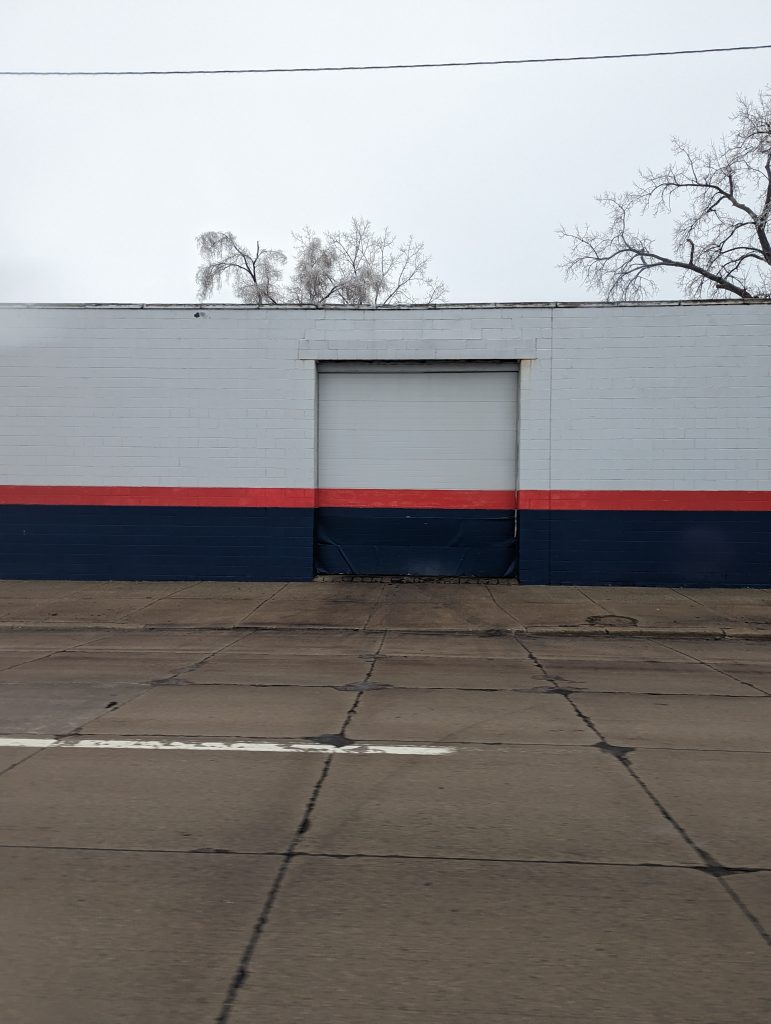

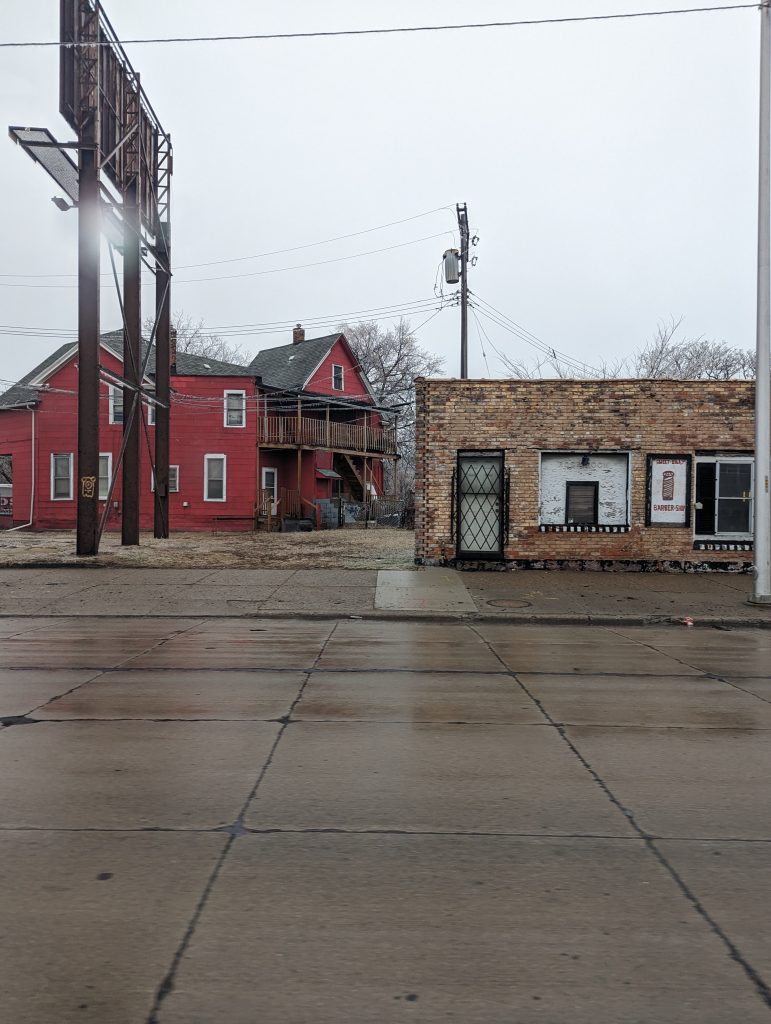
In the ideal world, there are a lot of things that go well beyond reliability, of course. I will be writing more about this in the coming days. For now, I’m happy to be cozy warm in my house, while being able to read about all of the wild and wonderful things people are talking about doing to fix the utility industry and hold accountable the only actors with the immediate power to fix the situation.

